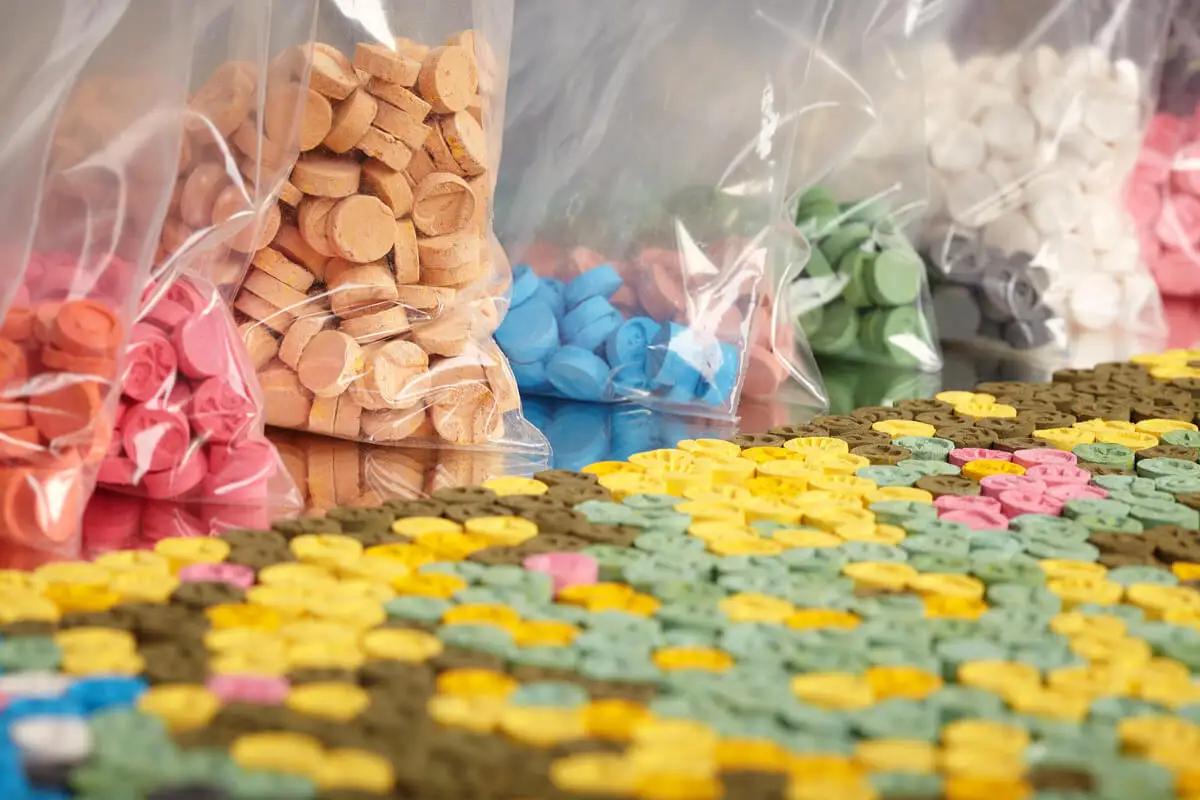Drug Habituation: What It Is, The Types and Characteristics


Written and verified by the psychologist Maria Fatima Seppi Vinuales
Drug habituation can be defined with an analogy to any situation in daily life. For example, imagine a person who lives across the street from a discotheque; the first few days, she’ll experience difficulty sleeping because of the noise. Then, she will get used to it and will be able to fall asleep. Sleep will be impeded only when the noise changes and becomes louder.
Now, this is the same process that happens with habituation to drugs. At first, a small amount of a certain substance will be enough to have certain effects; then, more and more will be necessary. Let’s take a closer look at why this is so dangerous.
What is drug habituation?
If there’s something that characterizes us human beings, it’s the ability to learn and adapt. At different levels of complexity, many of our experiences leave mnemic imprints that function as action guides for future situations.
In this sense, one of the most primitive levels of learning is that which is known as habituation. It refers to the decrease of a response in the presence of a stimulus that is presented repeatedly.
However, habituation to drugs, also known as tolerance, is the situation whereby the same amount of a drug, consumed repeatedly, begins to diminish its effects. In other words, the person “gets used to” the psychoactive substance.
Each time he/she needs larger quantities to obtain the same effect.
Characteristics
Habituation to drugs is characterized by the following aspects:
- It occurs at the level of the central nervous system: it’s not due to an adaptation of the senses.
- It’s not explained by the fatigue of the person: When there is a situation of fatigue, there’s a decrease in the response. That is not the mechanism here.
- It’s an innate response.
- It’s stimulus-specific: Both an increase and a decrease are due to a particular stimulus.
- There can be a recovery of the response: With time, a response that had been lost or that had diminished can return to the initial state.
In this sense, it’s possible to affirm that habituation has benefits. That is, it allows us to get used to certain stimuli (e.g., noise) without having to worry over and over again.
However, habituation to drugs entails a certain danger because it is managed through an indirect rule: the more substance, the less effect. More substance is needed to maintain or achieve certain sensations.

You may be interested in: What Are the Most Dangerous Drugs in the World?
Types of habituation
There are different types of habituation. Let’s go over them.
Habituation linked to pharmacokinetics
When we talk about pharmacokinetic effects, we mean those effects of the body on the drug. What the body does with the substance in terms of absorption, synthesis, and elimination.
This type of habituation to the drug occurs after repeated use, when the body accelerates the degradation processes. The drug disappears faster from the body.
Habituation linked to pharmacodynamics
In this case, we refer to the action of the drug on the body, based on drug-receptor interaction. With repeated consumption of the substance, the receptors of the drug become accustomed or habituated, so that they need larger and larger doses.
Cross-tolerance
This refers to the process by which a person who repeatedly consumes a certain substance will also become tolerant or habituated to similar substances. For example, this can occur in the case of heroin and morphine.
Reverse tolerance
This is the situation in which, with lower doses, the same effect of a substance is obtained. That is, it goes in the opposite or expected direction to what happens with habituation.
This can be explained by the accumulation or reserve of the drug in certain tissues, which is then released. In other cases, it’s due to an increased sensitivity of the receptors.
Inverse tolerance indicates the possibility of overdose phenomena appearing without having increased the amount of habitual consumption.
How does drug habituation differ from dependence?
The process of substance consumption that leads to addiction begins with habituation. Habituation encourages the consumption of larger quantities to achieve the effect. Thus, it could lead to dependence and, finally, to addiction, or problematic consumption.
To go a little deeper, we must say that dependence is characterized by the following features:
- Tolerance
- Loss of control
- The habit of stereotyped consumption
- Withdrawal symptoms
- Requiring treatment to get out of this situation
- The impossibility of abandoning the consumption of the substance, in spite of the negative consequences
- Intense and persistent desire to consume a substance, also known as a craving. Unlike habituation, which implies a non-compulsive desire.

The path to dependence
Dependence does not occur overnight. It’s a complex, sustained process that has gone through a series of phases.
Among these phases, we find the following:
- Predisposition: There are factors that influence and predispose to consumption. In other words, they increase or decrease the possibility of a person initiating the path.
- Knowledge: This is a matter of knowing the effects produced by a given drug. It also implies the availability of the substance.
- Experimentation: The previous point can lead people to decide to make contact with the drug.
- Consolidation: This is the transition from use to abuse.
- Abandonment or maintenance: Depending on the consequences, the person will keep on using or move away from it.
- Possible relapse: When the addiction is consolidated, it’s difficult to get out of this situation.
In short, tolerance is the prelude to dependence.
You may be interested in: How to Know if Your Child is Doing Drugs
All problematic consumption once began as “just a little”
In the beginning, almost all consumption begins in small quantities. For those who are just starting out in the world of drugs, a small dose is enough to reach that state of pleasure or euphoria.
However, habituation shows us that what seemed little or insufficient, derives from a greater demand from the body, which wants to repeat the pleasurable experience. Therefore, it’s important not to underestimate the beginnings.
It’s also essential to avoid denial of consumption. What’s important is to know how the body works in interaction with drugs to avoid unwanted and harmful consequences. Prevention requires not only knowledge of the effects, but also attention to other factors, such as the age of onset and other circumstances.
All cited sources were thoroughly reviewed by our team to ensure their quality, reliability, currency, and validity. The bibliography of this article was considered reliable and of academic or scientific accuracy.
- Becoña, E. (1999). Bases teóricas que sustentan los programas de prevención de drogas. Madrid: Plan Nacional sobre Drogas.
- Corujo Lorenzo, L. (2014). Consideraciones sobre el consumo problemático de sustancias psicoactivas en adolescentes.
- Hernández López, T., Roldán Fernández, J., Jiménez Frutos, A., Mora Rodríguez, C., Escarpa Sánchez-Garnica, D., & Pérez Álvarez, M. T. (2009). La edad de inicio en el consumo de drogas, un indicador de consumo problemático. Psychosocial Intervention, 18(3), 199-212.
- Martín-Villa, J. C. (2019). Diferenciación anatómica y funcional de la corteza insular: implicaciones en el aprendizaje y consumo de drogas.
- Seevers, M. H. (2019). Characteristics of dependence on and abuse of psychoactive drugs. In Chemical and biological aspects of drug dependence (pp. 13-22). Crc Press.
This text is provided for informational purposes only and does not replace consultation with a professional. If in doubt, consult your specialist.








